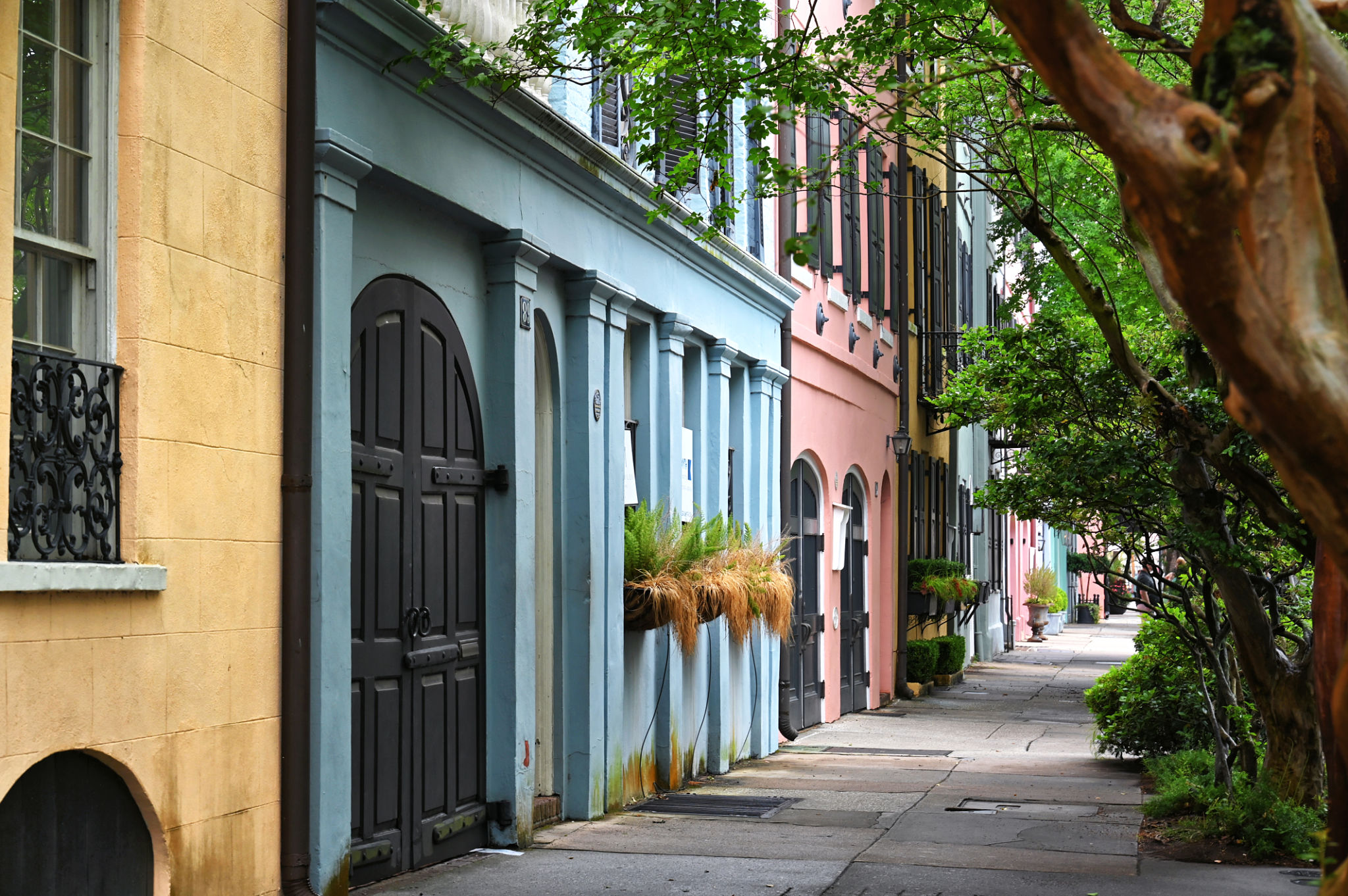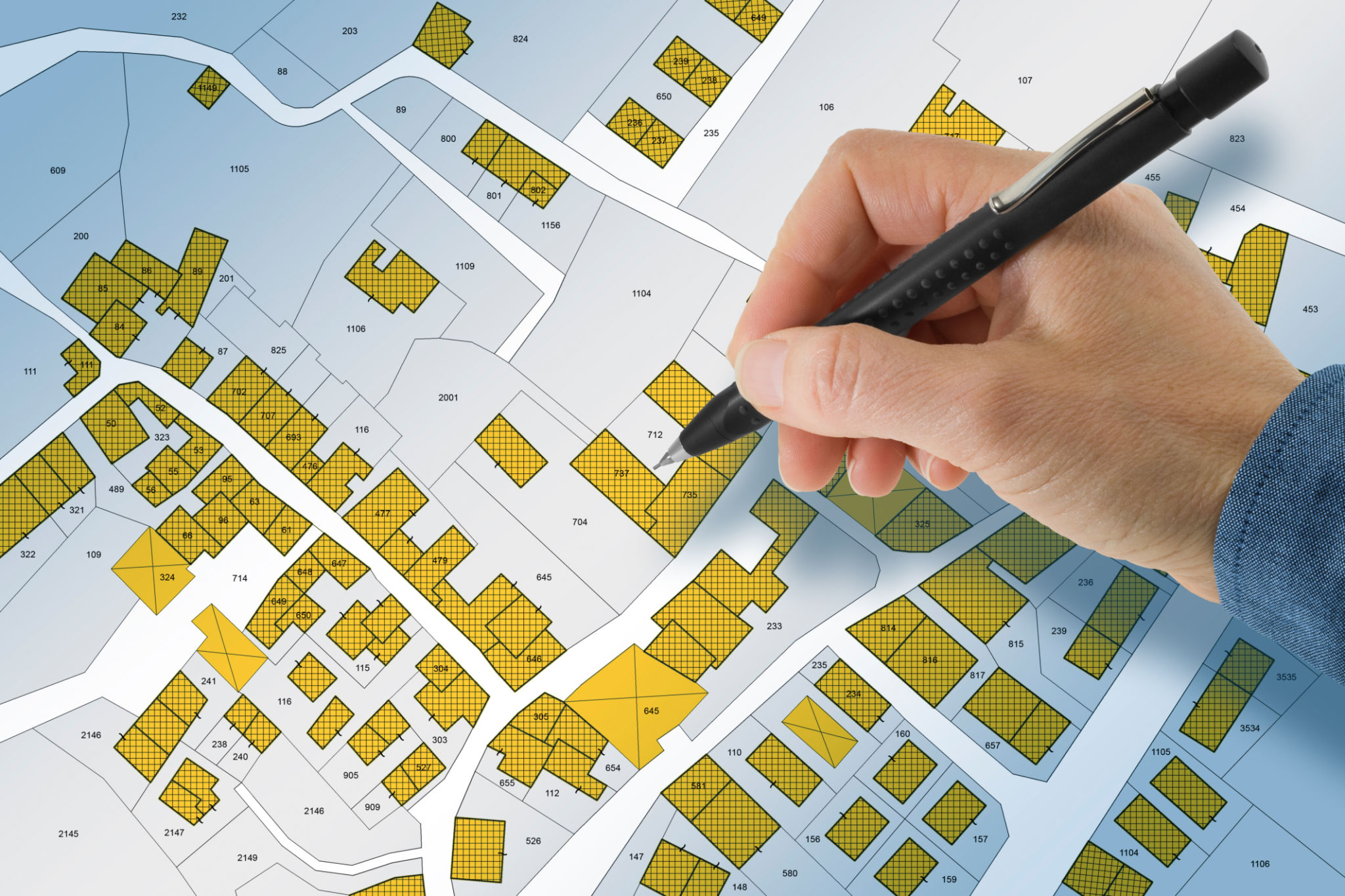Understanding Local Fencing Regulations in New Orleans: What Homeowners Need to Know
Introduction to New Orleans Fencing Regulations
New Orleans, known for its vibrant culture and distinct architectural style, has specific regulations when it comes to fencing. These regulations are designed to preserve the aesthetic appeal of neighborhoods while ensuring the safety and privacy of residents. Understanding these local laws is essential for homeowners planning to install or upgrade fences on their properties.
Before embarking on a fencing project, it's crucial to familiarize yourself with the rules set by the New Orleans Department of Safety and Permits. This department oversees the enforcement of zoning laws and building codes in the city. Complying with these regulations not only helps you avoid fines but also ensures that your fence is both functional and appealing.

Permit Requirements
In New Orleans, obtaining a permit is a necessary step for most fencing projects. The need for a permit depends on the fence's height, location, and materials. Generally, fences over six feet in height require a permit. Additionally, if your property is within a historic district, you might need approval from the Historic District Landmarks Commission (HDLC).
To apply for a permit, homeowners must submit detailed plans that include the proposed dimensions, materials, and location of the fence. The review process ensures that the fence conforms to local zoning laws and doesn't infringe on public property or neighbor's rights. Adhering to these requirements can save time and reduce the risk of costly alterations later.

Height and Material Restrictions
The height of a fence can significantly impact its appearance and functionality. In residential areas of New Orleans, backyard fences can typically be up to seven feet high, while front yard fences are often limited to four feet. However, specific neighborhoods may have unique restrictions due to their historical or cultural significance.
Material choice is another important consideration. While wood and metal are popular options, certain materials may be restricted in specific areas to maintain the neighborhood's character. For example, chain-link fences may be prohibited in some historic districts. It's advisable to consult with local authorities or your homeowners' association (HOA) for guidance on acceptable materials.
Boundary and Neighbor Considerations
When planning your fence, it’s important to establish clear property boundaries to avoid disputes with neighbors. A surveyor can help verify property lines, ensuring that your fence is built within legal limits. Additionally, discussing your plans with neighbors can foster goodwill and prevent potential conflicts.

It's also important to consider how your fence might affect neighboring properties. In some cases, homeowners may be required to share the cost of a boundary fence with their neighbors. Understanding these obligations beforehand can help manage expectations and facilitate smoother transactions.
Conclusion: Navigating New Orleans Fencing Laws
Installing a fence in New Orleans involves more than just choosing a style and material; it requires compliance with local regulations designed to protect the city’s unique charm. By understanding permit requirements, height and material restrictions, and boundary considerations, homeowners can ensure their fencing projects meet legal standards and enhance their property's value.
Whether you're a longtime resident or new to the area, taking the time to navigate these regulations will contribute to a more harmonious living environment and preserve the distinctive character of New Orleans neighborhoods.